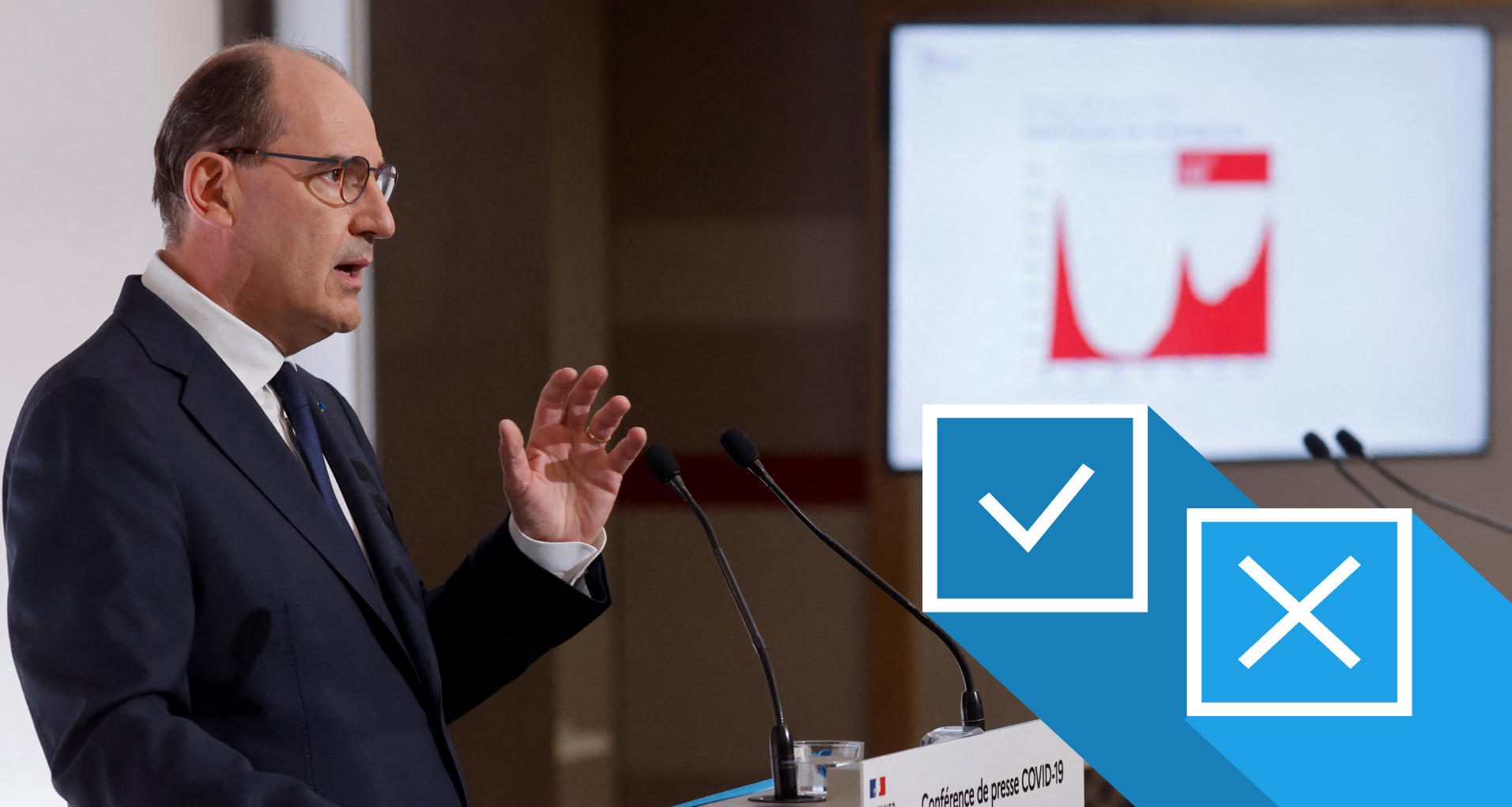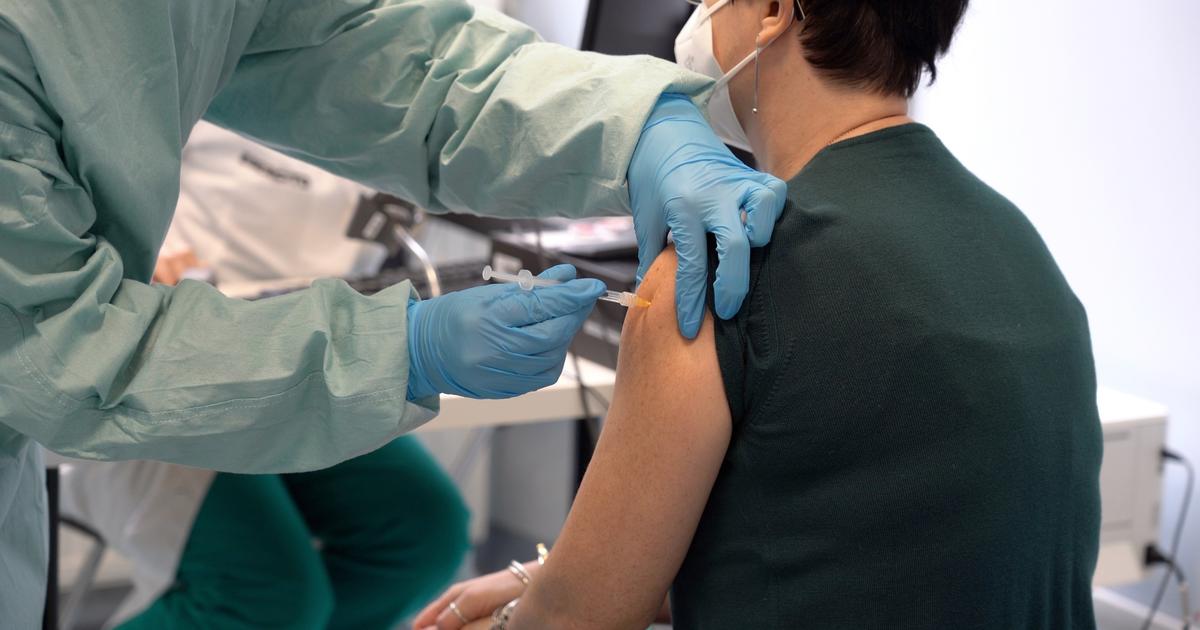Firm but rather reassuring.
Jean Castex went to Roissy airport this Sunday morning, the day after the entry into force of the mandatory ten-day quarantine on arrival from five countries (Brazil, Chile, Argentina, South Africa, India ) and Guyana.
The government wants to prevent the so-called “South African” and “Brazilian” variants of SARS-CoV-2, in particular, from circulating more on French soil.
"All precautions are taken" vis-à-vis travelers, guaranteed the Prime Minister, before indicating that these two strains had "a tendency to regress".
"A risk of extension of the Brazilian variant P1 must be taken into account during the summer of 2021", warns the Scientific Council in its latest opinion, sent to the government on April 16 and made public two days later.
What Jean Castex said
"We have started the battle against variants, which are a threat against which we must protect ourselves," insisted the Prime Minister during a brief statement in front of the cameras.
According to him, "the South African and Brazilian variants, in particular, are not only very few in number on the national territory, but have even tended to decline in recent weeks".
Before insisting on the importance of new measures and vaccination: “It is imperative to keep this line.
"
"We have started the battle against these variants": in Roissy, Castex reminds that a 10-day quarantine is now imposed on travelers coming from 5 countries pic.twitter.com/bxued2711B
- BFMTV (@BFMTV) April 25, 2021
What the numbers say
These two 20H / 501Y variants.
V2 and 20J / 501Y.
V3 (or P1), known as “South African” and “Brazilian”, are among the four most followed variants because of their characteristics.
Both escape in particular the immunity conferred by vaccination or by a previous infection, report Public Health France and the National Reference Center for Respiratory Infection Viruses in their latest analysis made public on Friday.
These two variants are tracked together during the “screening” of the positive tests because a common mutation is sought.
Their share among all samples screened in France has always remained fairly low, around 5%, according to data from Public Health France.
From mid-March to mid-April, it even fell from 5% to less than 4%.
However, for more than a week, this proportion has been increasing again.
4.7% of the positive tests screened are now linked to one or the other of these two variants, against 3.8% nine days earlier.
This proportion is still low, as Jean Castex indicates, but the increase is continuous day after day.
We can therefore no longer speak of a downward trend.
Read also The South African and Brazilian variants, still not very present in France but in clear increase in places
Sequencing data, which makes it possible to identify a particular variant more precisely, are not communicated as regularly.
The last Flash survey, the results of which are known, was conducted on March 30.
The proportion of the “South African” variant and that of the “Brazilian” variant among the approximately 2,000 sequenced samples were then “globally stable” compared to the previous survey, carried out two weeks earlier.
A particularly marked increase in Île-de-France
To come back to the screening data, the situation obviously varies according to the territories.
In Île-de-France, for example, the percentage of “Brazilian” or “South African” variants has almost doubled in ten days, going from 4.5 to 8.4%.
All age groups are affected by this increase.
The rate has now reached nearly 13% in Val-de-Marne. In metropolitan France, at the departmental level, the top three is made up of Haute-Saône (23.4%), Creuse (20.9%) and Moselle (16.1%). In these less populated and less dense departments, the indicators may however be biased if a large cluster is identified, for example. The proportions have also been declining for a few days.
In Guyana, Mayotte and Réunion, these two variants are largely in the majority.
Their share among the screened positive tests even exceeds 85% in the border territory of Brazil, a stable rate for two weeks.
"Eliminating these variants from Europe would theoretically be possible if you apply aggressive methods of testing, tracing and isolation," Björn Meyer, virologist at the Pasteur Institute told us this week.
In summary :
As Jean Castex indicated, the two variants "South African" and "Brazilian" are still identified in small proportions on the scale of all of France.
On the other hand, the downward trend observed until mid-April has stopped, especially in Île-de-France where their share has almost doubled in ten days.









